‘Brand’ is a word that you’ll often hear us saying, and with good reason: in an era of considerable consumer choice, it’s now the bedrock of a successful dental practice. It’s surprising, therefore, how widely misunderstood brand actually is.
Often, when we ask practice owners about their brand, we get told about their name, logo or visual identity – things like brand colours and design choices. Certainly, these can be elements of an overall brand, but they’re not the brand itself. To get to this, we have to dig deeper and find something that will deliver arguably the best ROI on any activity you will ever undertake.
At the heart of every strong brand is a core of fundamental truths: your purpose, USPs and values. It’s these intangible elements that really matter, and that have a huge effect on your team and clients. They influence team culture, consistency and market position. In essence, they’re the substance behind your ‘style’ elements (such as the aforementioned logo and brand colours). To see why style alone will always be lacking, we only need to look at the University of Bradford’s notoriously embarrassing naming exercise back in 2003, when a lengthy process and £20,000 were expended to generate the suggested names Bradford University, University of Bradford and The University of Bradford.
In his work ‘Actionable Gamification’, Yu-kai Chou explores why and how people can be motivated to act in certain ways. He primarily approaches this from the perspective of game design, but the relevance and ramifications reach far beyond this and into everyday behaviour.
Chou proposes a framework for human motivation (known as Octalysis), which is made up of eight core drivers:
- Epic meaning and calling – the idea that you’re doing something greater than yourself, or that you have been chosen to do something. In other words, this is your purpose.
- Development and accomplishment – making progress, developing skills, and overcoming meaningful challenges.
- Creativity and feedback – being engaged in a creative process where you must repeatedly figure things out and try different combinations.
- Ownership and possession – the feeling of owning or controlling something, such as wealth, properties, data or collectables.
- Social pressure and relatedness – the social elements that motivate people, including mentorship, acceptance, social responses and companionship, as well as competition and envy.
- Scarcity and impatience – wanting something because you can’t have it, because the resource is scarce, or because you are prevented from accessing it.
- Unpredictability and curiosity – being engaged in a situation because you don’t know what is going to happen next.
- Loss and avoidance – the avoidance of something negative happening (which, in a business sense, suggests that you are invested in the situation to the extent that you feel you have something to lose).
Applying Octalysis to the management and positioning of a dental practice leads to powerful insights.
Purpose, for instance, is one of the most crucial parts of a brand: knowing why you’re doing what you’re doing. A strong and clear sense of purpose is what can unite yourself and your team. Keeping one eye to this – seeing the light at the end of the tunnel – will steer you through any level of adversity (for more on the incredible power of purpose, I recommend Viktor Frankl’s book, ‘Man’s Search for Meaning’).
Team culture is another key element. All too often, dentists can be absent leaders, spending too much time looking “in”, resulting in a lack of consistent standards across the organisation. With no real leader, there can be no real brand, and team members can ultimately feel disenfranchised and rudderless. Many of Chou’s drivers, such as development, creativity and ownership, can be powerful tools for people management.
There are many different actions that we can take by considering these drivers. Development and accomplishment, for instance, will mean setting goals for your team that are achievable but still challenging, and ensuring that they have the opportunity to pursue professional development. Creativity and feedback might be manifested by empowering team members to play a role in planning and testing new processes.
It’s easy to view success as the result of quick-win solutions such as a new item of equipment or the latest sales course. However, it’s only by tackling the intangible that meaningful progress is made. And given the current crisis in recruitment for roles within dentistry, it’s never been so important to invest time and energy into creating a cohesive, motivated team.
At Hive, we’re able to help practice owners review their business and get to the heart of their brand. If you’re struggling to recruit or retain staff, or simply feel that your practice isn’t where you’d like it to be, ask us about hosting a Diagnostic to unpick what’s going on.
Find out more about our diagnostic tools, or get in touch.








